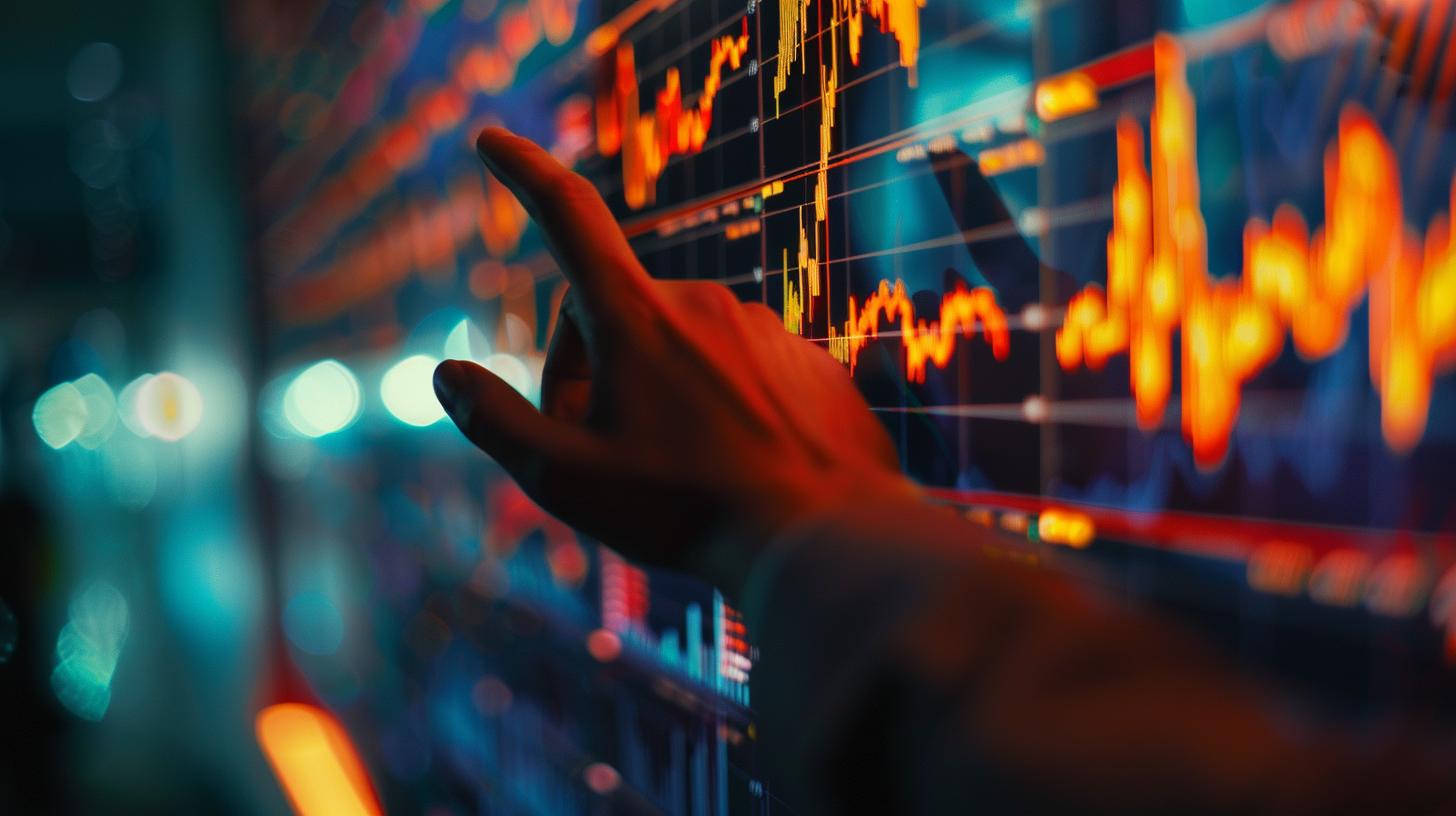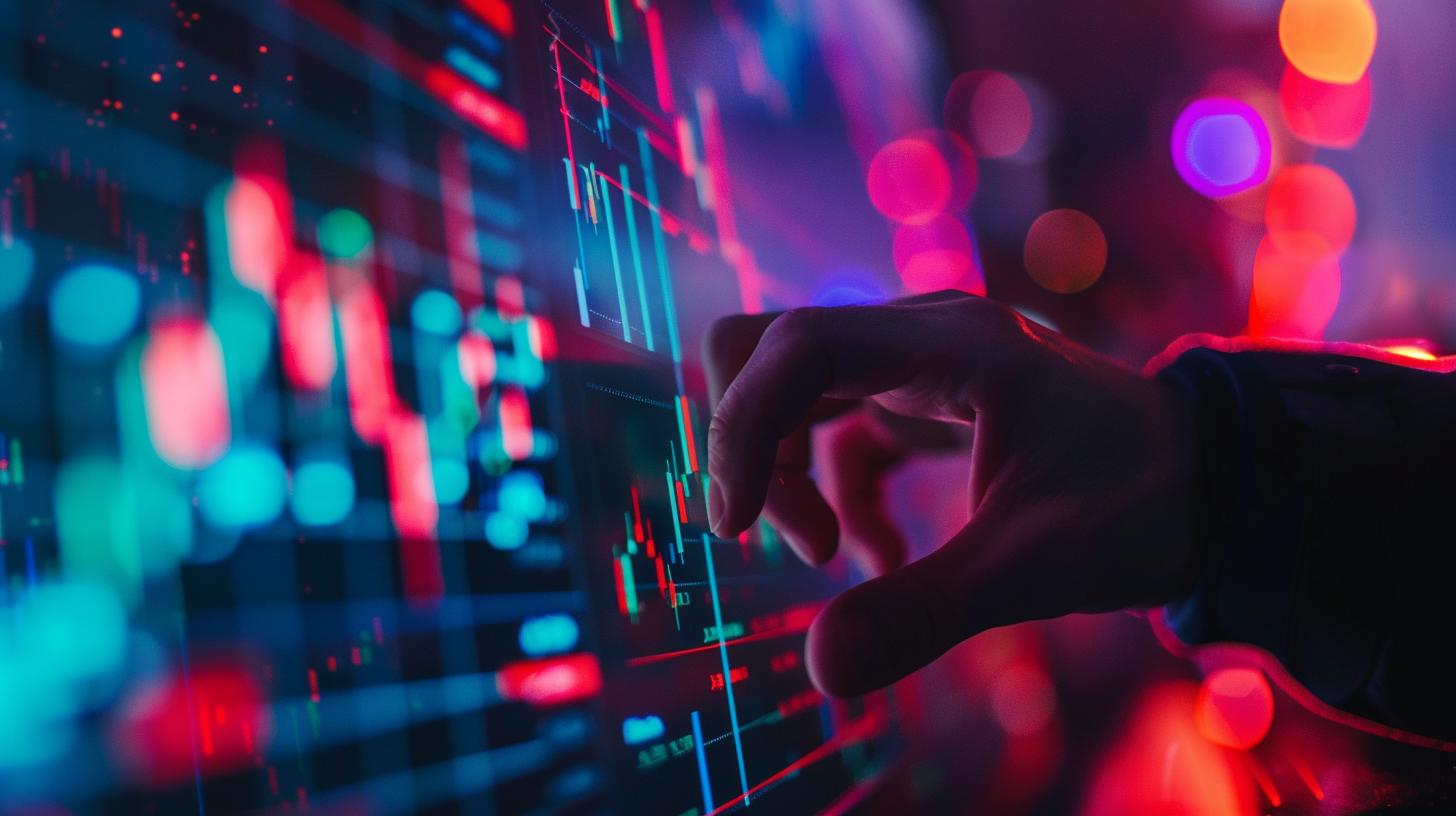In the first half of 2024, the S&P 500 and Nasdaq reached new record highs. The U.S. stock market inflows also rose to top levels, and stock indexes became more present in investors’ portfolios. It all seems perfect, with no apparent issues. But reality might be different. Many analysts, examining market data, find that the American market rally might be driven by just a few stocks, perhaps five or even fewer. This is due to an abnormal economic situation whose duration is unknown.
If we look at the returns of the major U.S. stock indices since the beginning of the year, we've seen about a 15% gain. This makes it one of the best markets ever in terms of year-to-date returns, at least until a few days ago, when we saw a significant pullback.

This is happening in an election year in the U.S., which typically brings more market turbulence. But as mentioned earlier, this market is moving in a peculiar way, driven by very few stocks: the famous Magnificent 8, namely NVIDIA, Netflix, Meta, Alphabet (Google), Amazon, Microsoft, Apple, and Tesla. Upon closer inspection, it's not even all eight driving the index. It's practically only NVIDIA leading the way, while the others are trailing, with Tesla even slightly negative.
If we take only the top 5 stocks by market capitalization, they account for about 25% of the entire S&P 500. This means that these stocks have grown tremendously, and their weight is so significant that they are responsible for 25% of the index's performance. The remaining 495 stocks define the other roughly 65%. This shows a few stocks carry a lot of weight within the S&P 500 index.
Another fundamental aspect is that these few stocks are primarily tech stocks, in the so-called growth sector. They have strong growth prospects, in contrast to the value sector, which includes stocks with more established and stable businesses. Well, 65% of the stocks today are primarily invested in growth stocks, meaning the Magnificent 8. This is not very different from the value seen during the Dot Com bubble of 2000. It doesn't necessarily mean we are facing a new bubble, but it is something to reflect on and monitor.
At the same time, if the market favors growth stocks, it neglects value stocks. Value stocks have had their second worst year since 1990. In a year like 2000, during the tech bubble, what happened afterward was a reversal of this situation. From 2000 to 2007, value stocks outperformed growth stocks. This is an observation based on past data. It doesn't mean it will repeat, but we need to understand what is different now compared to 2000.
We see that artificial intelligence has given birth to one of the least participatory rallies ever seen, led by very few stocks. When we are in this situation, market-cap-weighted indices like the S&P 500 tend to outperform Equal Weight indices. Fidelity's estimate quantifies about 2000 points difference between the top 10 stocks by market cap and the remaining 490 of the S&P basket.
Another signal comes from observing market sentiment. On the Nasdaq, we see that we are at an overbought level not seen since 2018, even since 2012. This confirms that investors are still betting on the stock market but only on these few stocks. Beyond this recent market correction, there is also a lot of speculation on these stocks. The level of leverage used to invest in these stocks in the U.S. stock market is very high.
There is optimism, but it's not excess optimism. We remain in a context where markets believe in it. Market volatility is very low, between 10 or 15 VIX, which is historically quite low. This confirms a paradox where the market is rising, but most stocks are either not rising or growing sluggishly.
In terms of earnings, if we look at the estimates for the Magnificent 8 or 5, analysts see a 38% earnings growth over the next 12 months. For the remaining 495 stocks in the index, zero or negative growth is expected. Under these conditions, the real question is how long this artificial intelligence rally will last. We hope there won't be an artificial intelligence bubble like in 2000, but the similarities are many. This is a risk to be aware of and manage in trading or investment activities.
